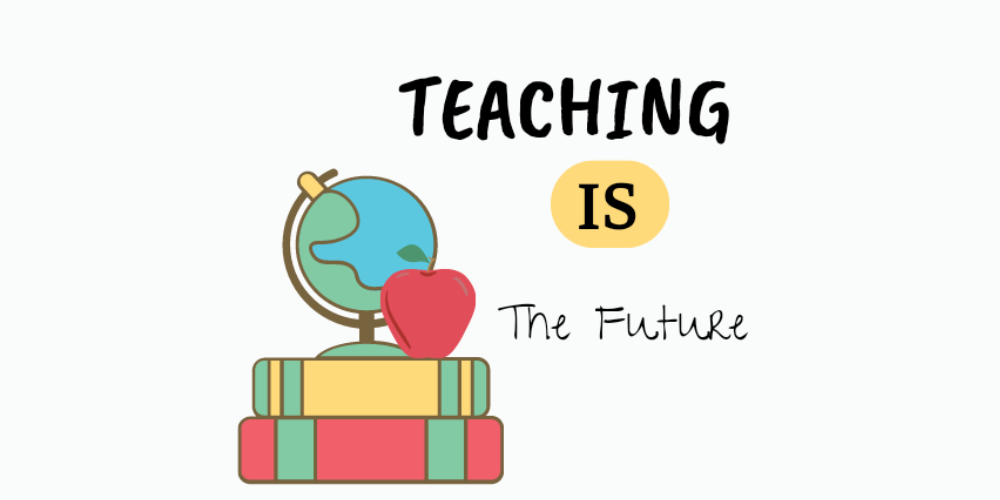Streamline Your Classroom: Essential Routines and Procedures Checklist for Teachers
Introduction:
Creating a well-organized and efficient classroom environment is crucial for effective teaching and student learning. By establishing clear routines and procedures, teachers can streamline their classrooms, maximize instructional time, and promote a productive learning atmosphere. In this blog post, we will explore the essential routines and procedures checklist for teachers to help them manage their classrooms more effectively.
1. Establishing Classroom Routines:
Setting up consistent routines is key to maintaining order and structure in the classroom. Here are some essential routines to consider implementing:
- Morning Routine: Start the day off on the right foot by establishing a morning routine that includes activities like attendance, morning work, and a brief classroom meeting to set expectations for the day.
- Transition Routine: Smooth transitions between activities are crucial for minimizing disruptions and maximizing instructional time. Create clear signals and procedures for transitioning between tasks, such as using a timer or a signal to indicate when it's time to shift focus.
- Independent Work Routine: Develop a routine for students to follow during independent work periods, including expectations for behavior, materials needed, and how to seek help when necessary.
2. Setting Clear Expectations:
Clearly defined expectations help students understand what is required of them and create a positive classroom culture. Consider the following when establishing expectations:
- Classroom Rules: Establish a set of clear, positively framed rules that align with the values of respect, responsibility, and cooperation. Post these rules visibly in the classroom and review them regularly with students.
- Behavior Management Plan: Develop a proactive behavior management plan that includes strategies for reinforcing positive behavior and addressing negative behaviors in a consistent and fair manner.
- Consequences and Rewards: Clearly outline the consequences of breaking classroom rules and the rewards for meeting or exceeding expectations. Consistency is key in implementing consequences and rewards to maintain student accountability.
3. Organizing Classroom Materials and Supplies:
An organized classroom promotes efficiency and reduces time spent searching for resources. Consider the following tips for organizing materials and supplies:
- Classroom Library: Create a system for organizing books by genre, reading level, or topic to make it easy for students to locate and return books.
- Supply Organization: Label and organize classroom supplies in designated bins or drawers to ensure easy access for both students and teachers.
- Technology Integration: Establish routines for using technology resources in the classroom, including procedures for accessing devices, saving work, and troubleshooting common tech issues.
Conclusion:
Streamlining your classroom through well-established routines and procedures is essential for creating a positive and productive learning environment. By implementing the essential checklist outlined in this post, teachers can effectively manage their classrooms, maximize instructional time, and foster student success.
1. Classroom management
2. Education best practices
3. Teacher organization and efficiency






